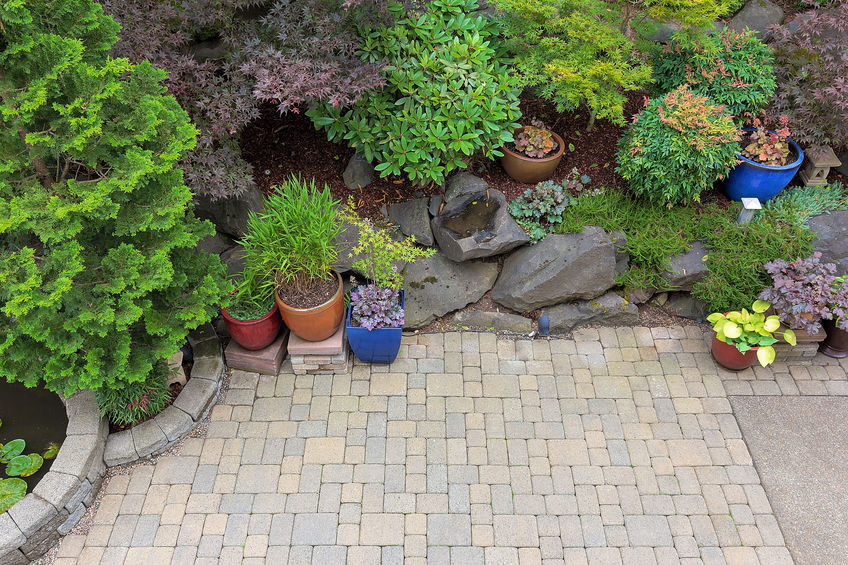 Gardening
Gardening
Hardy Plants for a Rock Garden
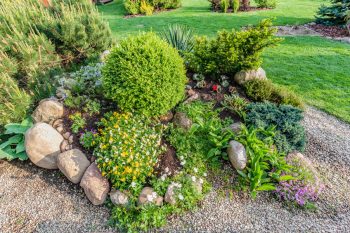 A rock garden refers to the technique of planting several plants in a hard-scale area that uses rocks and stones as intentional components of the landscape. They’re also sometimes referred to as rockery gardens, or as alpine gardens when created at high altitudes. They include the use of sand, boulders, decorative rocks, and gravel.
A rock garden refers to the technique of planting several plants in a hard-scale area that uses rocks and stones as intentional components of the landscape. They’re also sometimes referred to as rockery gardens, or as alpine gardens when created at high altitudes. They include the use of sand, boulders, decorative rocks, and gravel.
Rock gardens provide texture and elevation to one’s landscape. They are a great way to mix various forms of vegetation with other organic materials, adding earthy grays and browns to a bed of ivy or a cluster of flowers in bloom. and provides a unique outlook with its different flowers or plants.
However, if you’re working in an already-rocky terrain, you want to be sure and plant things that can thrive in sandy or rocky soil. Here are a few plants that work well in a rock garden:
Creeping Phlox
This kind of plant will perfectly suit your plans to create a rock garden. As a creeping plant, it effectively soaks up standing rainwater between the rocks, and does a great job of spreading along the ground as it grows. As a plus, creeping phlox blooms year-round, so your rock garden will always be colorful.
Alyssum
Also called as the Gold Basket, this perennial plant can give an inspiring yellow ambiance to your rock garden. Alyssum is perfect for boulders and rocks, and provides a bushy yellow blooms. But keep in mind that its blooming season will end as hot weather sets in.
Irish Moss
The rainy season can be a challenge for many rock garden plants, as they tend to favor fairly dry soil. However, Irish Moss produces a traffic-hardy mat-like carpet that with thrive in the wet weather. In addition to its rich green appearance, Irish Moss also produces tiny white spores that look like blossoms.
Euphorbia
Also known as a spotted spurge, this plant has become one of the favorites for rock gardens. Due to its drought and heat resistance, euphorbia does great in this terrain. They come in varying colors, sizes, and shapes, and are easily transferable to a pot if you want to bring them in before a freeze.
Candytuft
Candytuft produces small white blossoms that mainly bloom in the Spring. It is also a drought and heat resistant, making it another great fit for rock gardens. The white blooms often turn bright pink as they mature, and the stems can reach up to 16 inches in length. As the blooms die, you can simply prune them and still enjoy the deep mossy-green ground cover.
Conclusion
- Creeping phlox blooms year-round and soaks up standing rain water in your rock garden.
- Alyssum is a blooming perennial that fares well in the Spring and Fall seasons.
- Irish moss creates a lush green carpet and produces lovely white blossom-like spores.
- Candytuft is both drought and heat resistant with small white flower bunches.
If you are planning a rock garden and want to be sure you’ve chosen plants that will thrive on a rocky or sandy surface, these are all great options to consider. Check out more helpful tips in our gardening blog.
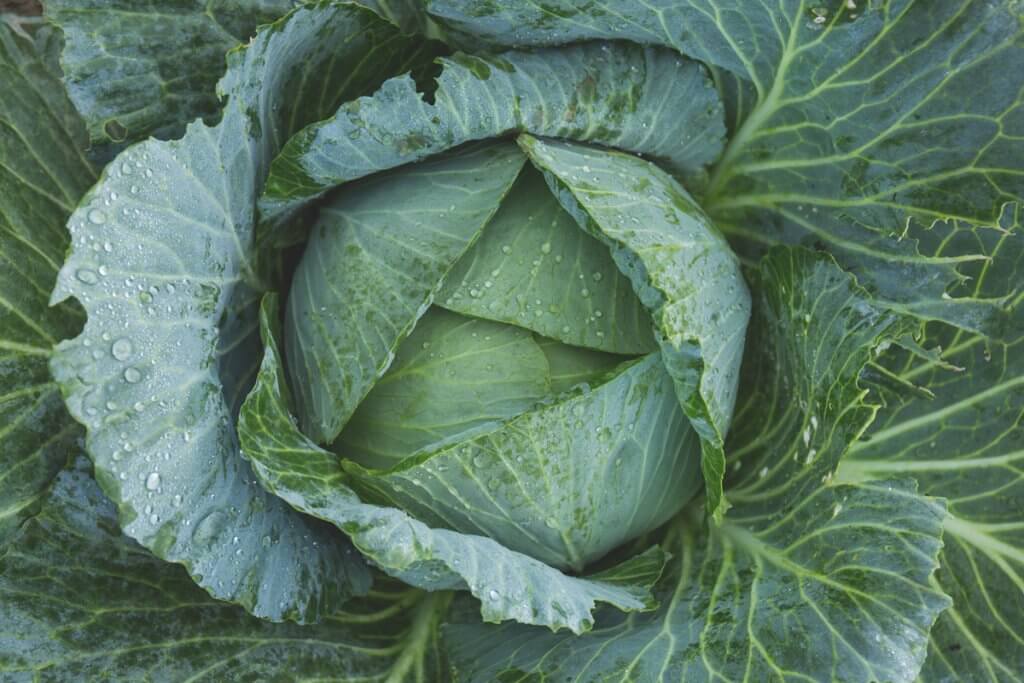
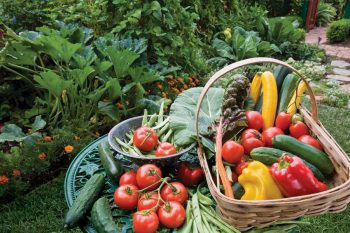 Texas, being the second largest state in the US, holds a variety of climates and landscapes. Due to this diversity, its topography is suitable for planting many different kinds of crops.
Texas, being the second largest state in the US, holds a variety of climates and landscapes. Due to this diversity, its topography is suitable for planting many different kinds of crops. 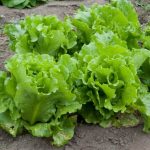 Conclusion
Conclusion
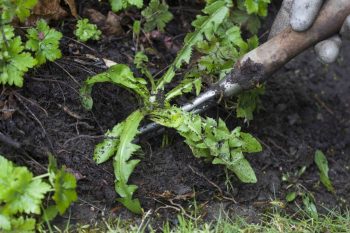 Denton Lawnscapers is ready to guarantee that your flower garden is healthy and weed-free. We’ve got some great tips on how to get rid of harmful intruders without compromising your beautiful buds.
Denton Lawnscapers is ready to guarantee that your flower garden is healthy and weed-free. We’ve got some great tips on how to get rid of harmful intruders without compromising your beautiful buds.